Madrid M-40 mixed-use building. Design techniques by Ábalos+Sentkiewicz
Published in a+t 45 Design Techniques
January 20, 2016

"...FORM – PERFORMANCE
While dualism is about form, it is strictly about form in the plural –it is about forms. Dualism is at odds with synthetic form –it is about a plurality of forms living together. At the same time as being about form and formalism, dualism is also about performance, which also contains the word form. Let me explain. What we discovered –again, it was something that we discovered after doing the first project (that was the first project Renata and I did together)– we call it the ‘floating potato’ [M-40]. We discovered that there was a kind of duality between something that was super slender and connected with the exterior climate, and the super massive, ‘floating potato’. This hybrid materiality has a technical purpose that has since become an important issue for us. Namely, we discovered that the duality had an interesting thermodynamic performance. In thermodynamics you need sources and sinks. You need flow. Thermodynamics is, above all, about dynamics, and you need difference in order to create these dynamics. If this is an over–simplification of thermodynamic principles, it nevertheless emphasizes a crucial point: thermodynamics implies duality.
This is the first duality: form–performance. The cultural and technical understanding of form creates a kind of tension in the way that we design, or intend to design..."
Text extracted from the article "Dualisms" (a+t 45 Design Techniques), where Iñaki Ábalos and Renata Sentkiewicz explain the Ábalos+Sentkiewicz design techniques. Specifically, those applied in the Madrid M-40 Mixed-use Building, Logroño High Speed Train Station and Urban Plan and Zuhai Huafa Contemporary Art Museum projects.
a+t 45 Design Techniques looks at different approaches to the creative moment. Authors such as Lacaton & Vassal, Langarita-Navarro, Momoyo Kaiyima and SO-IL reveal their modus operandi, explain how they tackle the project and discuss motivation, devices, influences, justifications, effects and the origins of their design techniques.
PUBLISHED IN:


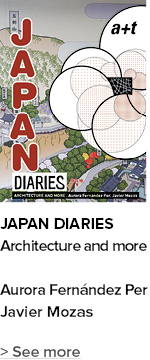




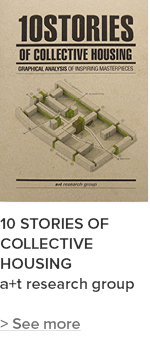

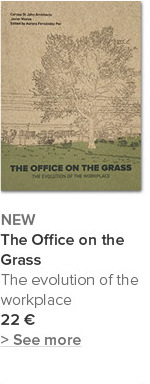
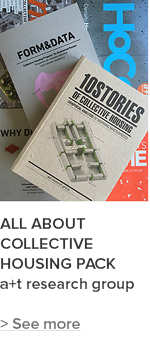
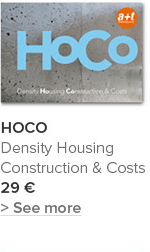

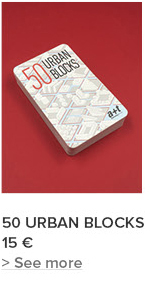
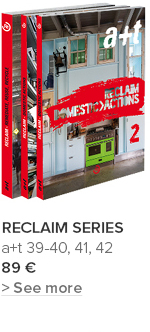

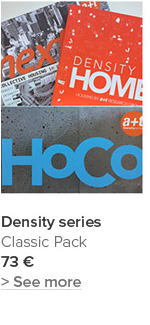




















 I've read and agree to
I've read and agree to 


